Graffiti has been a contentious topic for decades, with some viewing it as vandalism and others seeing it as a form of artistic expression. In this editorial, we’ll take a closer look at the debate surrounding graffiti and explore its impact on our cities and communities.
Graffiti has long been a topic of controversy in London, with some seeing it as an art form and others as a form of vandalism. While there are valid arguments on both sides, it is important to consider the impact that graffiti has on our city.
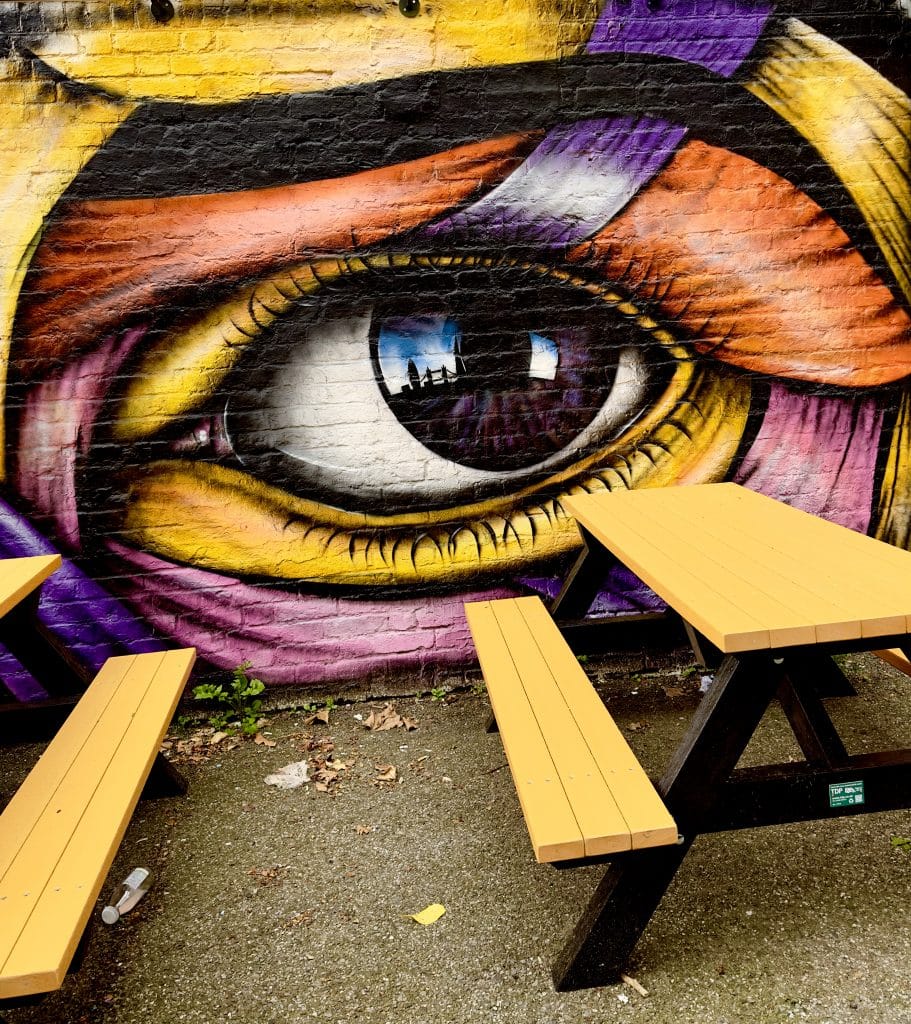
GRAFFITI
On one hand, graffiti can be seen as a way for artists to express themselves and add vibrancy to the city. When done tastefully and in areas where it is allowed, graffiti can enhance the urban landscape and add character to otherwise mundane structures. In some cases, graffiti can even serve as a form of social commentary, drawing attention to important issues and sparking conversations.
However, graffiti can also have negative consequences. When it is done illegally, it can be seen as a form of vandalism and can damage property, costing taxpayers money to clean up. It can also contribute to a sense of disorder and create a perception of neglect in certain areas.
LONDON VIBE
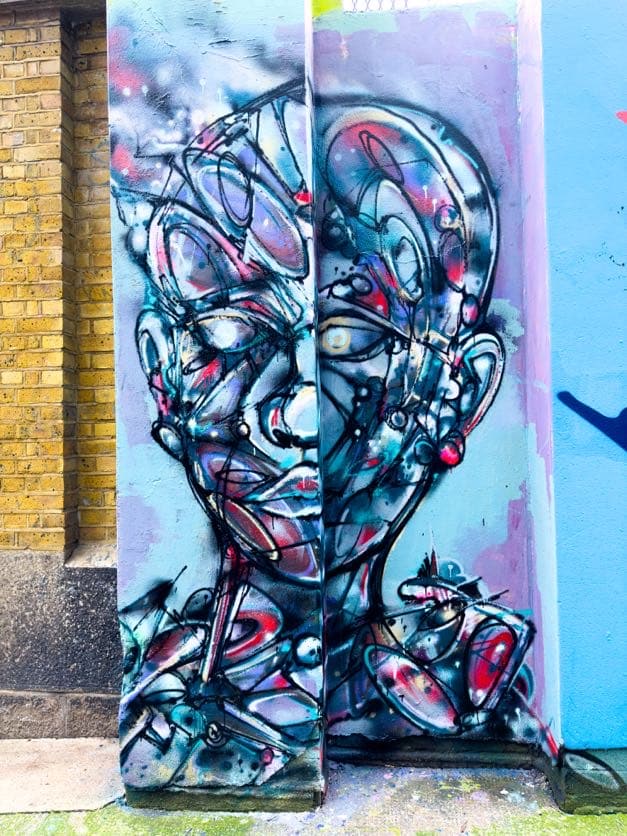
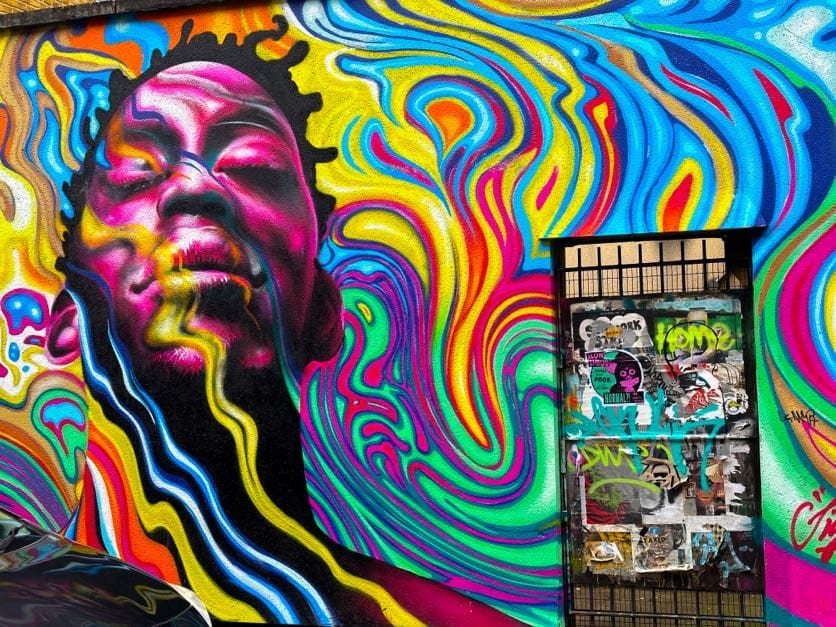
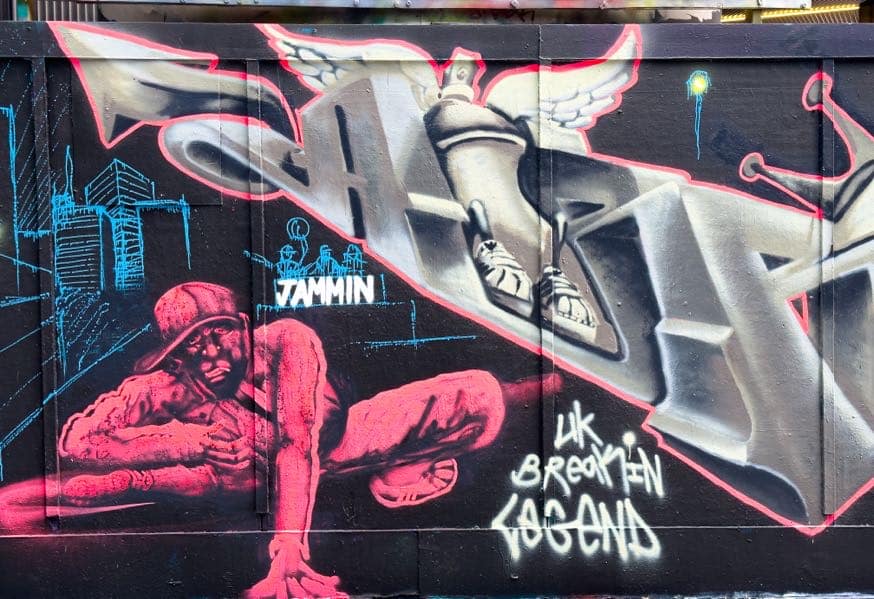

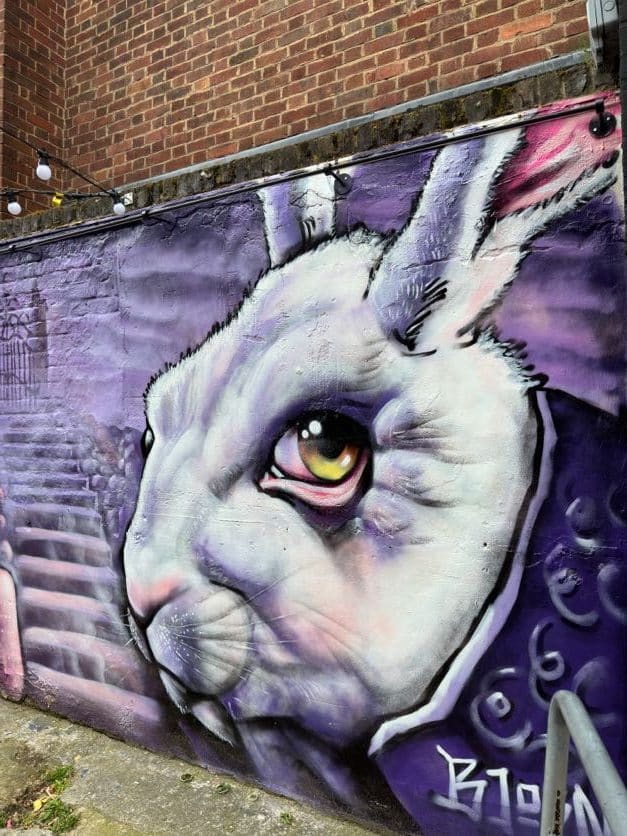
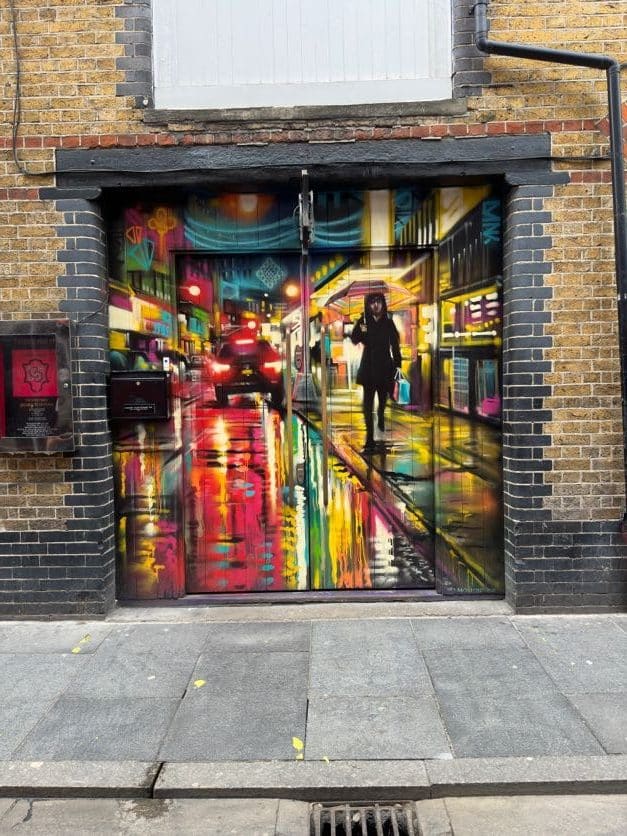

One way to strike a balance between these competing interests is to designate certain areas of the city as graffiti zones. These areas would be designated for artists to express themselves legally and without fear of punishment. This would not only allow for the city to showcase the talents of its artists, but also help to reduce illegal graffiti in other areas.
Another solution is to involve the community in the decision-making process around graffiti. By creating community-led initiatives to combat illegal graffiti, we can engage residents in maintaining their neighbourhoods and reduce the prevalence of illegal activity.
EXPRESSION
Ultimately, the key to addressing the issue of street art in London is finding a way to balance the interests of artists and the community. By creating designated areas for graffiti and involving the community in the decision-making process, we can find a way to promote artistic expression while also maintaining the integrity of our city.
It is important to remember that street art is not a black and white issue. While it can be seen as vandalism in some cases, it can also be a form of artistic expression. By finding a balance between these competing interests, we can ensure that London remains a vibrant and dynamic city while also respecting the rights of property owners and the community as a whole.
“Art should comfort the disturbed and disturb the comfortable”.
– Banksy




